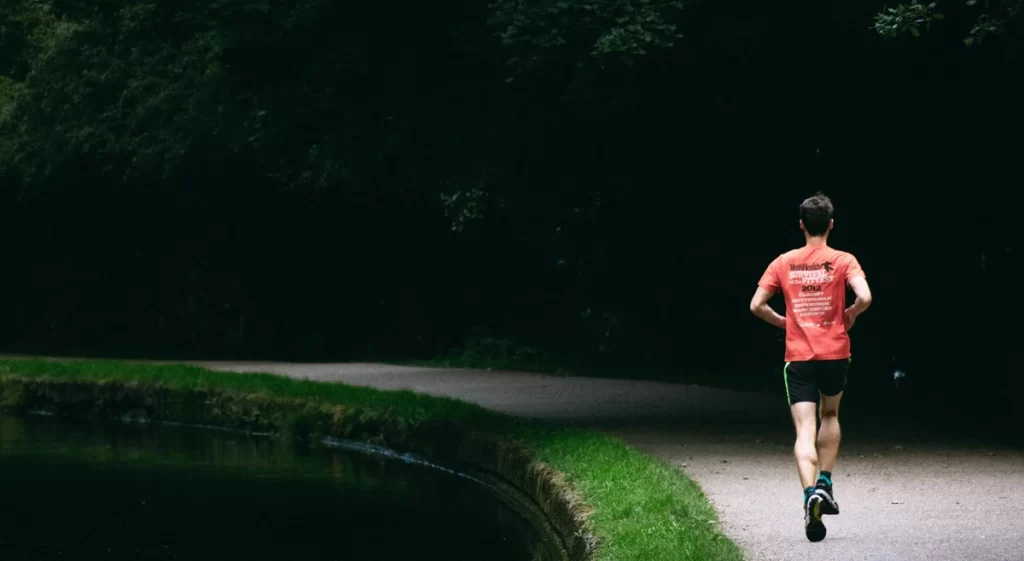There are several factors I take into consideration when I’m prescribing a workout.
- What’s the goal?
- Who’s it for?
- What event are they doing?
- How does it fit into their plan?
- Is it too hard?
For example, 10x 2km @ 90% threshold pace with 2min recovery no more than 60% threshold, Is a big session, but on paper, it shouldn’t be excruciating.
I’ll show you my thought process for a hypothetical athlete Steve. Steve was initially featured on episode 57 of the Performance Advantage Podcast.
What’s The Goal of the Workout.
Steve is doing a marathon in six weeks. Because Steve is six weeks out from his event, he is in his heaviest training phase, the preparation phase. I need to prescribe Steve a hefty marathon specific session to prepare him for the demands of running a marathon. Therefore, the goal is a steady-state sub-anaerobic threshold session targeting Steve’s ability to buffer low lactate levels for sustained periods at or near his target marathon pace.
Who’s the Workout For?
I know it’s for Steve, but Steve could be any marathon runner six weeks from their event. I want to know who is Steve from a training perspective? Steve is aiming for 3hrs45min and has been consistently training 4-5 days/wk for the past three months. He has 3x 30-60min during the week and time for long runs at the weekend. Steve recently ran a 1hr46min half marathon with solid pacing.
Other points of interest would be Steve’s thresholds, additional time trial results and data from his half marathon (heart rate, pace, power).
What Event Are They Doing?
I know Steve is doing a marathon, but what marathon? The course profile and terrain can make a big difference in finishing times and pace strategies. I want to make sure Steve is completing his marathon specific sessions on terrain that is similar to that of his race. No point running a flat, fast session when your course is hilly AF.
How Does the Workout Fit into Their Plan?
I want to make sure that the session I give Steve complements his overall training plan. If Steve hasn’t been running longer than 1:45min, I’m not going to give him a 3hr weapon of a session because the duration alone would put Steve in such a hole he’d need a week or more to recover. I know Steve will be doing more marathon specific session in the coming weeks, so I build his session such that it will be the stepping stone for next weekend.
Is the Workout Too Hard?
This is where theory and practical experience diverge.
For example, 10x 2km @ 90% threshold pace with 2min recovery no more than 60% threshold, Is a big session, but on paper, it shouldn’t be excruciating. However, if you’re not a seasoned marathon runner and you haven’t done a lot of big mileage sessions, there’s no way you’ll be able to complete that session as prescribed. Plus, you would have wrecked yourself trying. A couple of tricks I use are setting an intensity range, 85-90%, and then writing a comment like, “Stop when you can’t hit your target pace within 5sec/km”. I might also include some heart rate indicators if I know the athlete well enough. Remember, the session’s goal is to target Steve’s lactate buffering capacity at his marathon pace. If Steve is working harder than I’d planned, he’ll be producing lactate at a rate he is unable to buffer, and he’ll lose the specificity of the session.
That’s my process for thinking up training sessions!
If you’re interested in having me help you with your training plan, you can check out my coaching options HERE.


